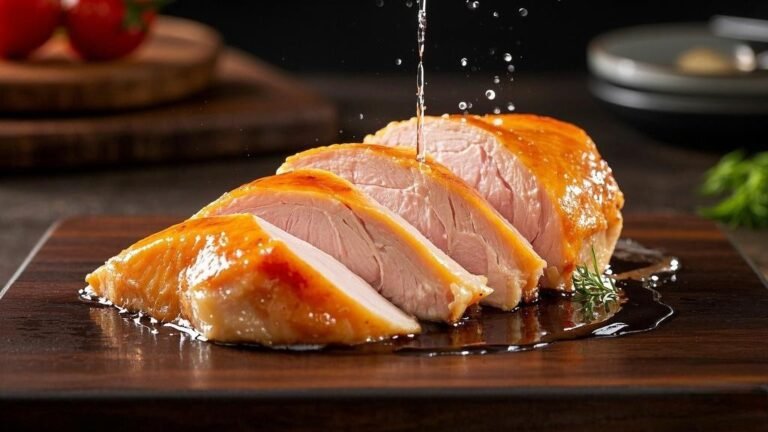I. Introduction
Mary Berry, the nation’s beloved baker, has made a significant impact on British cooking through her extensive career as an author and television personality. With over 70 cookbooks to her name, including bestsellers like “Mary Berry Cooks” and “Mary Berry’s Baking Bible,” she has become a household name. Her approachable style and comforting recipes have endeared her to many, making her a staple in kitchens across the UK.
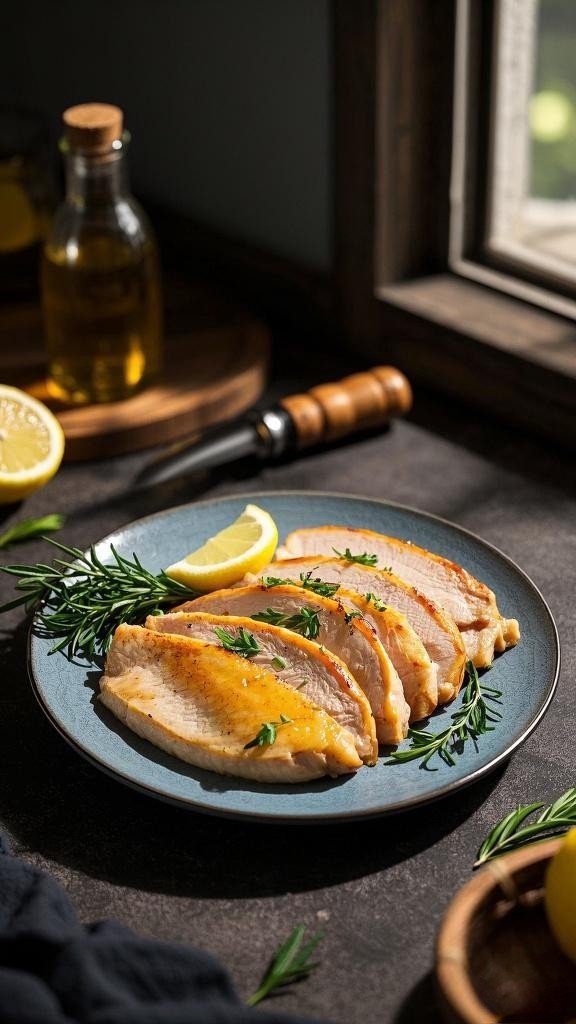
Mary’s journey began after her training at the esteemed Cordon Bleu in Paris, which launched her successful career as a magazine cookery editor and cookbook author since 1966. As a judge on the BBC’s “The Great British Bake Off,” she has inspired countless aspiring chefs. In acknowledgment of her contributions to the culinary world, she received the Guild of Food Writers Lifetime Achievement Award in 2009 and was appointed a CBE in 2012.
This recipe for chicken breast fillets embodies Mary Berry’s philosophy of using quality ingredients and traditional cooking techniques, while also offering historical context, nutritional information, and even a vegan adaptation.
II. Mary Berry’s Unique Approach & Historical Context
Mary Berry highlights the importance of using high-quality ingredients in her chicken breast fillet recipe. This dish features tender chicken paired with complementary flavors, resulting in a comforting, satisfying, and nutritious meal. Chicken dishes have a rich history, with many cultures featuring poultry in their diets. The progression of chicken recipes in British cuisine showcases evolving tastes and cooking techniques, transitioning from simple roasted birds to more intricate preparations.
Mary Berry’s version maintains the essence of traditional chicken dishes while adding her signature flair. For example, she often incorporates herbs and spices that enhance the natural flavor of the chicken without overshadowing it. This balance of tradition and innovation is what sets her recipes apart, making them both authentic and accessible.
III. Notices on Ingredients & Equipment
Ingredients:
- 4 boneless, skinless chicken breast fillets (about 150g each)
- 2 tablespoons olive oil
- Salt and pepper to taste
- 1 teaspoon dried thyme
- 2 cloves garlic, minced
- 1 lemon, zested and juiced
- 100ml low-sodium chicken stock
- Fresh parsley for garnish
Equipment:
- Large frying pan
- Tongs
- Meat thermometer
- Cutting board
- Chef’s knife
IV. Recipe Instructions
Prepare the Chicken
Start by patting the chicken breast fillets dry with paper towels. Season both sides with salt, pepper, and dried thyme.
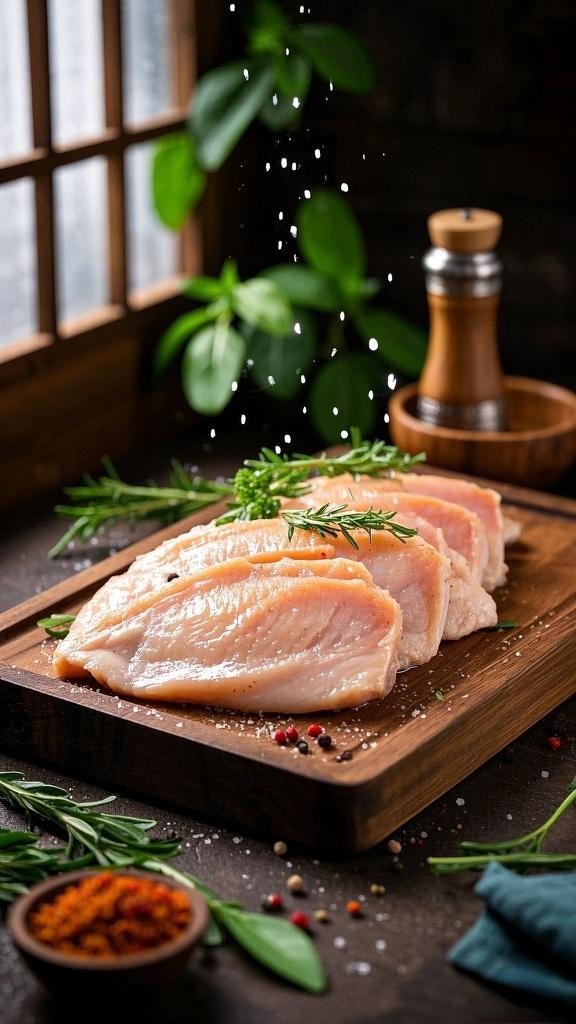
Heat the Pan
In a large frying pan, heat the olive oil over medium-high heat until shimmering.

Cook the Chicken
Carefully place the chicken fillets in the pan. Cook for about 5-7 minutes on each side, or until they reach an internal temperature of 75°C (165°F).
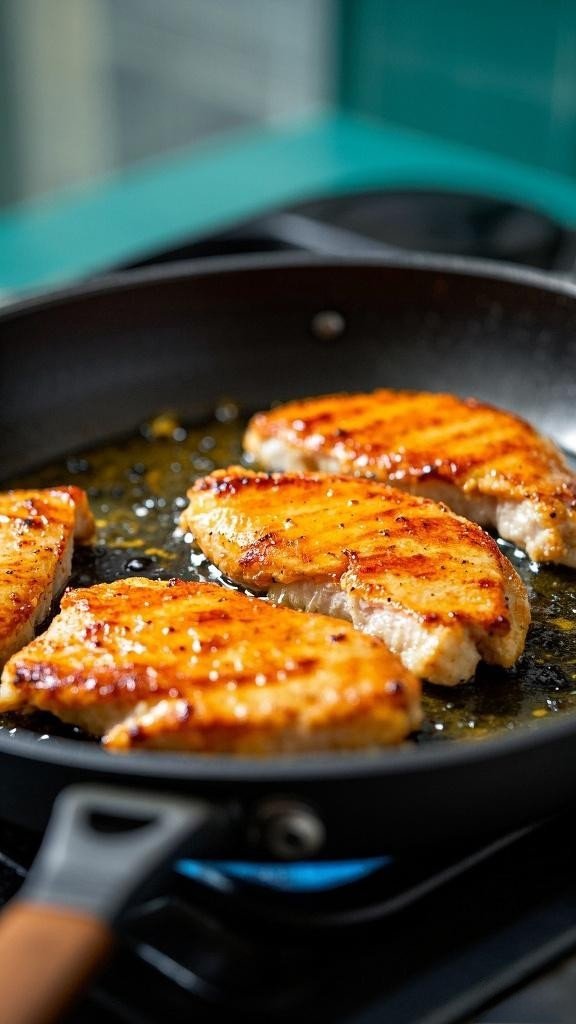
Add Flavors
After this, Once the chicken is cooked, add minced garlic and lemon zest to the pan. Sauté for 1-2 minutes until fragrant.
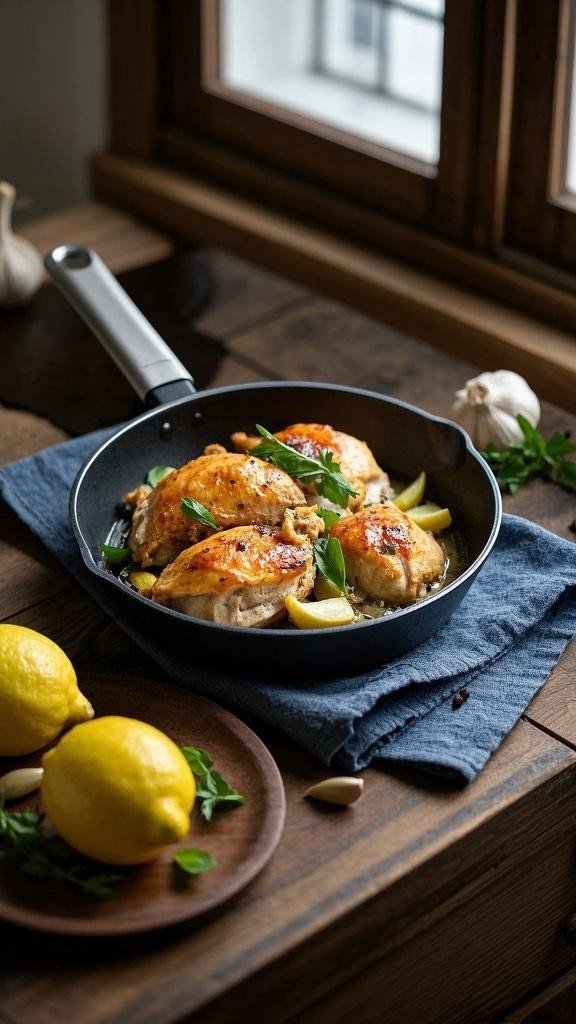
Deglaze the Pan
Pour in the chicken stock and lemon juice, scraping up any browned bits from the bottom of the pan. After this, Allow the sauce to simmer for 3-4 minutes until slightly thickened.
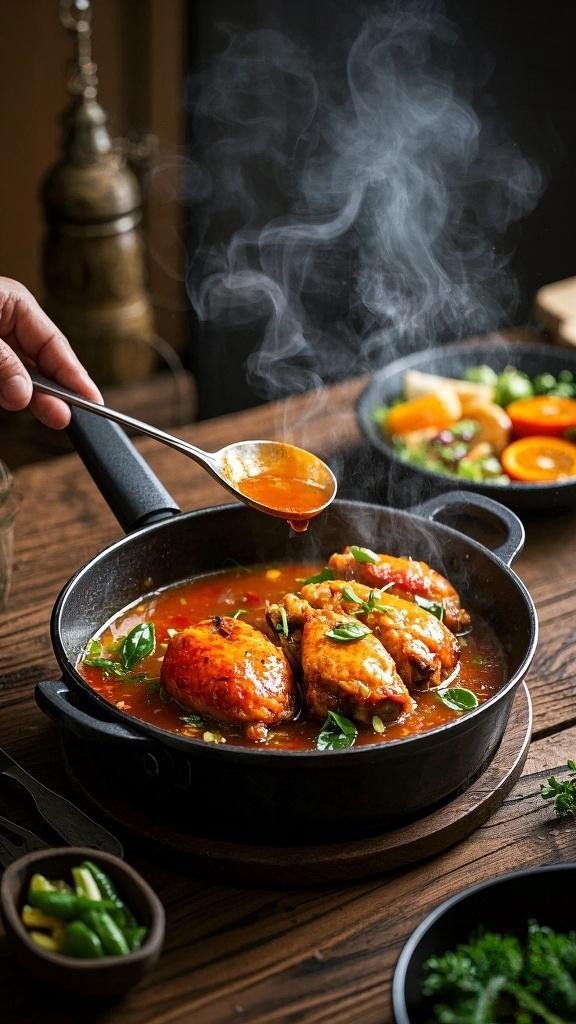
Serve
Plate the chicken fillets and spoon the sauce over them. Garnish with fresh parsley.
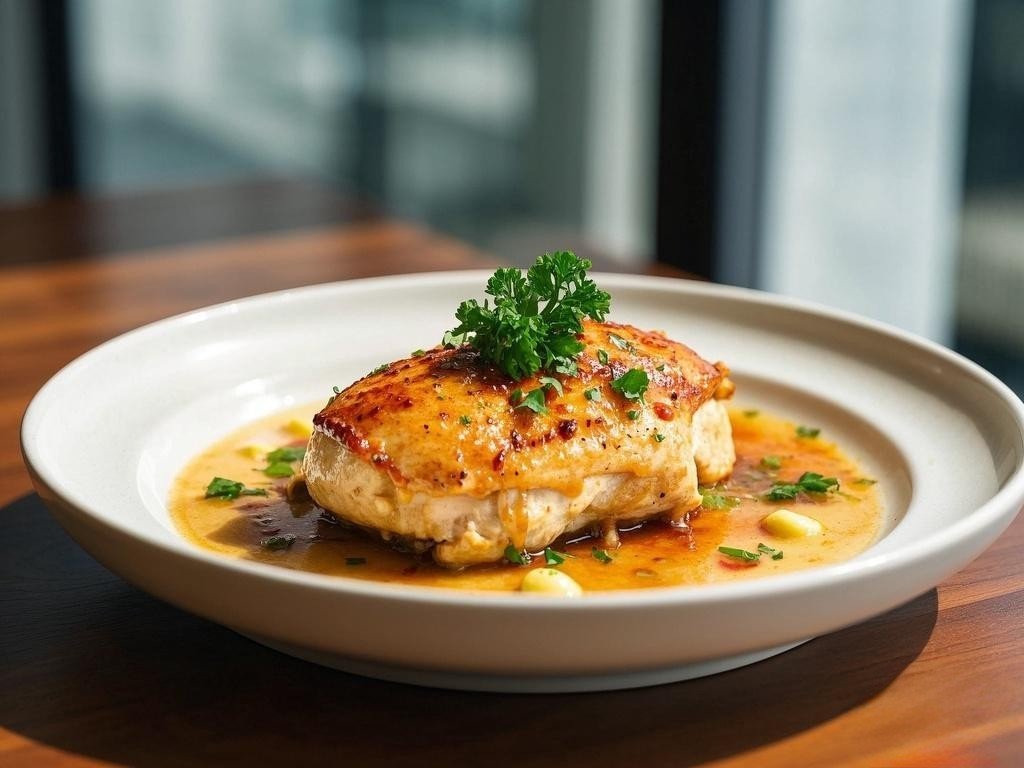
V. Flavor Profile & Nutritional Information
This chicken dish has a savory, zesty flavor profile thanks to the garlic, lemon, and thyme. The tender chicken is enhanced by the rich sauce, making it a delightful meal.
Nutritional Information (per serving):
- Calories: 280
- Protein: 35g
- Fat: 10g
- Carbohydrates: 5g
(For more detailed information, refer to nutritional databases or consult a dietitian.)
VI. Tips for a Perfect Cauliflower Cheese
- Troubleshooting Common Issues: If your sauce is too thick, add a splash of milk or stock to loosen it. If it’s thin, simmer longer to quickly reduce it.
- Enhancing Flavor and Texture: Consider adding a pinch of nutmeg or some grated cheese to the sauce for extra depth.
- Variations: Try different cheeses like Gruyère or cheddar for distinct flavors.
VII. Alternative (Vegan and Non-Veg)
Vegan Chicken Fillets:
- Substitute chicken with tofu or jackfruit.
- Use vegetable stock instead of chicken stock.
- Replace olive oil with coconut oil for cooking.
Step-by-Step Instructions:
- Press and cube tofu, seasoning with salt, pepper, and thyme.
- Heat coconut oil in a frying pan and cook tofu until golden.
- Follow the same steps as above, using vegetable stock.
VIII. Recipe Variations & Serving Suggestions
Consider serving the chicken with a side of roasted vegetables, mashed potatoes, or a fresh salad to create a complete meal. You can enhance the dish by varying the herbs or spices in the chicken marinade. These additions will elevate the flavor and presentation of your meal.
IX. Storage & Reheating Instructions
Store any leftovers in an airtight container. Keep them in the refrigerator for up to three days. When you’re ready to eat, reheat in a skillet over low heat until warmed through.armed through.
X. Frequently Asked Questions (FAQ)
- Can I use frozen chicken fillets? Yes, but remember they are fully thawed before cooking.
- What can I substitute for garlic? You can use garlic powder or omit it entirely for a milder flavor.
XI. Conclusion & Call to Action
This recipe for Mary Berry’s chicken breast fillets showcases the deliciousness and versatility of this classic dish. I encourage you to try it out and share your feedback with friends and family. Explore other delightful recipes on our website for more culinary inspiration.
XII. Additional Resources (Optional)
Mary Berry’s expertise in food and her genuine love for cooking shine through in her recipes, making them timeless classics that everyone can enjoy.
